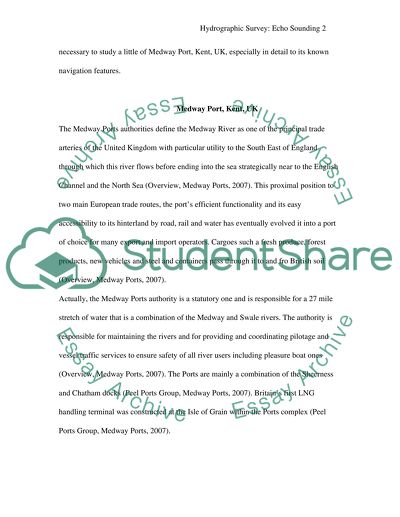Cite this document
(“Hydrographic Surveying Essay Example | Topics and Well Written Essays - 2000 words”, n.d.)
Retrieved from https://studentshare.org/science/1510291-hydrographic-surveying
Retrieved from https://studentshare.org/science/1510291-hydrographic-surveying
(Hydrographic Surveying Essay Example | Topics and Well Written Essays - 2000 Words)
https://studentshare.org/science/1510291-hydrographic-surveying.
https://studentshare.org/science/1510291-hydrographic-surveying.
“Hydrographic Surveying Essay Example | Topics and Well Written Essays - 2000 Words”, n.d. https://studentshare.org/science/1510291-hydrographic-surveying.


